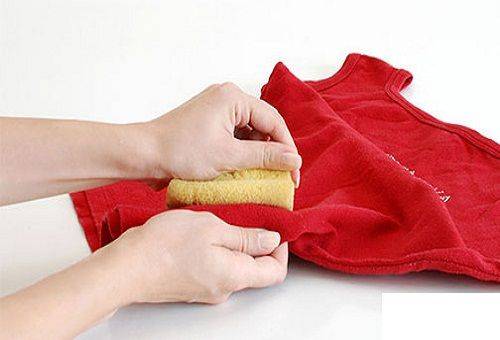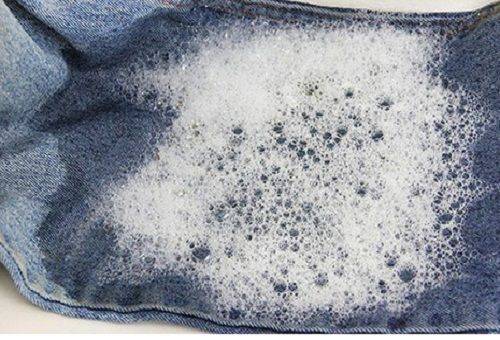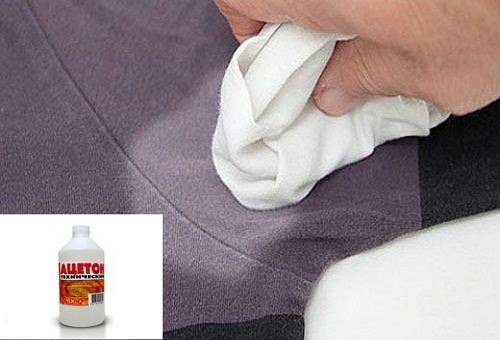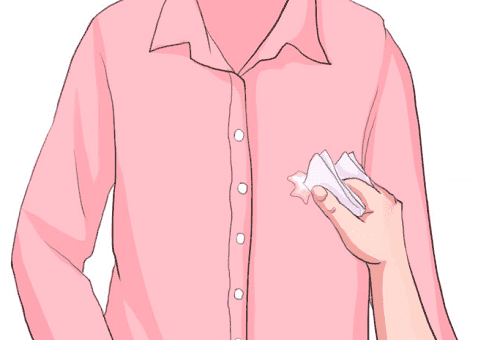How to display the corrector - a touch from the clothes
Awkward handling of stationery is fraught with the appearance of persistent stains on the hands, upholstery and furniture. Knowing how to remove the corrector and what means should be used for which pollution, permanent damage to products and the formation of faded areas can be prevented. The cleaning process will not cause big problems if you correctly evaluate the composition of the corrective product.
A fresh touch is easy to remove while it is fresh. You just need to wipe the problem area with wet alcohol wipes and at the first opportunity to send the garment for washing. A dried corrector is not so easy to display. It forms a dense film on the tissue, which has to be affected by chemicals.
Features of the approach to corrective agents in water, alcohol and emulsion
Before you remove the putty, you need to carefully read its composition. It is the component that is the base of the product that will tell you which reagent will be most useful in a particular case:
- Water bar will not cause any problems. Soiled garments are simply soaked for some time in cold water before washing. When dealing with a bar in the form of a tape, you need to add a little washing powder or detergent to the water.
Tip
It is strictly forbidden to rub a water-based stroke, it only absorbs deeper and it will be difficult to remove it in the traditional way. The stains are completely removed only if the thing passes through the stage of soaking.
- To remove traces of the corrector on an alcohol or emulsion basis, you have to knock out a wedge with a wedge. In this case, pure alcohol, vodka or alcohol tonic will come in handy. Wet the cotton pad in the selected product, blot the stain until it is soaked and begin to remove it with soft surface movements. If necessary, the approach can be repeated, but proceed carefully. With colored clothes, such manipulations can wash the brightness of the color and even lead to slight destruction of the fibers. It is better to entrust things from delicate fabrics on which the stroke hit, to professionals.
If the stain is very old, voluminous or deep, then first you can try to wipe it with a blunt knife. Conventional washing will help to completely remove the remains of pollution.
Solvent-based Putty Removers
The most difficult type of pollution, in which it is strictly forbidden to use water at the initial stage. White spots can be removed with acetone, nail polish remover and other similar solvents.
The selected product must first be checked on a hidden area of tissue to avoid unexpected unpleasant consequences.
- First, wipe the stroke to the maximum with a soft brush. This technique is used only if the composition is already dry and cannot spread over a large area.
- Next, the product is turned inside out. The solvent can only be used on the back of the fabric, this will reduce the aggressive effect of the chemical to a minimum.
- Under the reverse side of the spot we put an unnecessary flap of soft tissue.
- Wet the cotton pad in the selected solvent and begin to treat the stain with consistent methodical movements. We work in one direction, otherwise the composition will simply be spread in different directions.
- If the corrector could not be fully removed, we erase the item manually. We use warm water and a little washing powder. After obtaining the desired result, we drive the product once in the washing machine.
A good result is given by professional stain removers.They also need to be selected based on the origin of the corrector and the quality of the affected material.
The listed methods are categorically not suitable for processing silk, wool, velvet and other fleecy fabrics. In case of contamination of such surfaces, it is necessary to contact dry cleaning as soon as possible and before that you do not need to try to remove the formation on your own. It can only fix the spot.




